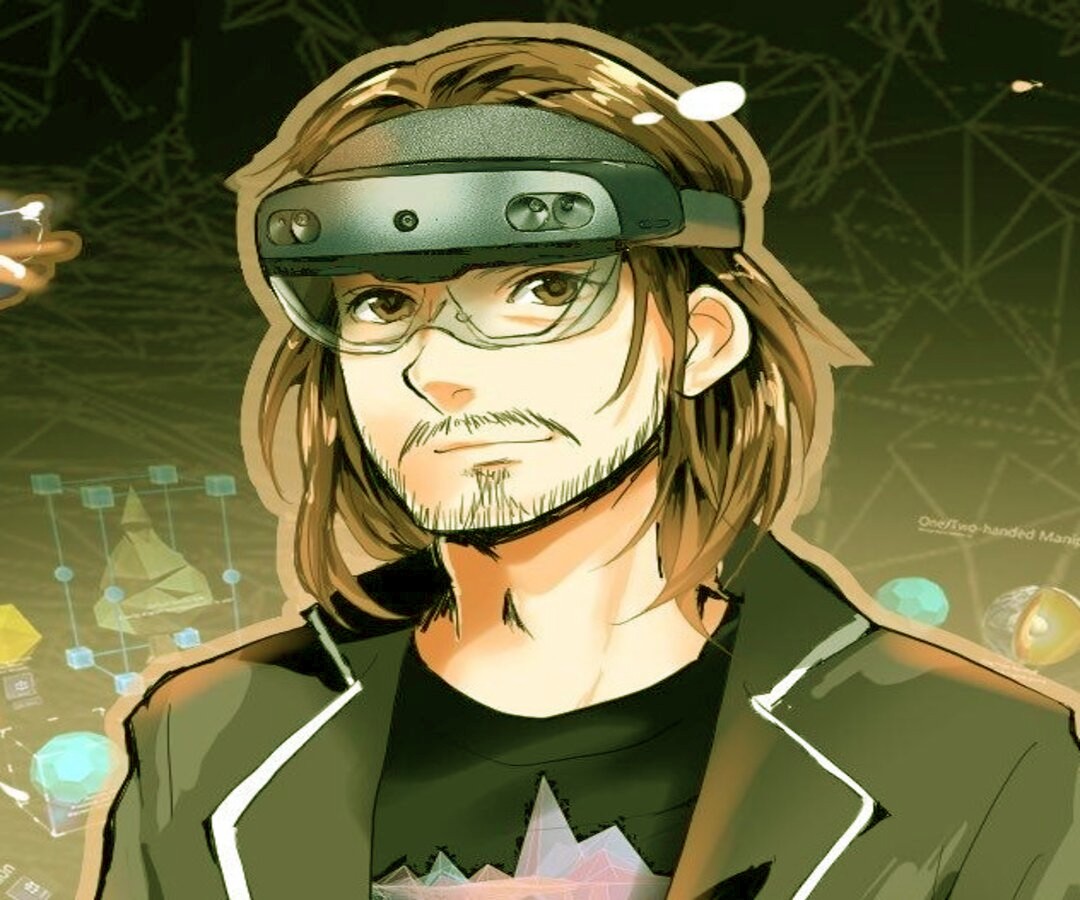
If you’re thinking about trying out mixed reality or virtual reality, you’re probably wondering, “What is the difference?” The differences between these technologies aren’t nearly as complicated as some people might think, and there are advantages and disadvantages to both. Let’s take a closer look at these two technologies, and how they may affect your business.
Drawbacks
Mixed reality is a great way to enhance learning while still allowing students to experience the world around them. However, mixed reality is limited by some drawbacks. First, mixed reality is difficult to create consistent content across platforms.
VR offers more advanced tracking and recognition capabilities. However, it is limited in its graphical performance, limiting users to one or two hands. Another limitation is that the experience is not as real as it is in real life. As a result, the user might not perform as well in a real-world environment as he would in a 3D environment.
The technology is not yet widely adopted in daily life. It is expensive, which limits its usability. In addition, the technology also requires special devices for users to enjoy it. It also needs a lot of storage space on the cloud. For this reason, AR is not as widely used as VR for everyday use.
Mixed Reality Vs Virtual Reality Applications
Mixed reality is an emerging technology that combines AR and VR applications. It allows users to interact instinctively with data without the distraction of screen-based work. As a result, it is expected to become an increasingly common technology. It is also expected to be used for more practical purposes, not just gaming.
Mixed reality has many practical applications in entertainment, healthcare, military training, and remote working. It is possible to superimpose real-world players into video games. This type of virtual environment allows people to interact with real-world personalities and make a connection with them. Because it combines physical and virtual environments, mixed reality can be used for a wide range of applications.
While the entertainment and gaming industries were the first to adopt VR technology, the technology has since spread to other industries, including business, education, and healthcare. Sports VR is an example of this, with players being able to engage with their virtual surroundings in training and play. As VR continues to grow, so will its uses.
Mixed Reality Vs Virtual Reality Price
If you’re wondering what the difference between mixed reality and VR is, there are some key differences between the two technologies. Mixed reality combines elements of AR and VR to create an immersive experience where you can interact with digital content in your real environment. For example, you can use gestures to move digital content around on a virtual whiteboard. There are also several consumer and enterprise-level devices that incorporate a wearable device and are powered by software.
The cost of mixed reality headsets is significantly higher than those of VR headsets. However, if you’re looking for a way to immerse yourself in virtual worlds, you might want to consider investing in the latest mixed reality technology. The Microsoft HoloLens, a mixed reality headset, is already the market leader, and the Magic Leap One is showing great potential.
Usability
The Usability of Mixed Reality (MR) and Virtual Reality (VR) applications are both based on usability testing. Usability studies use multiple steps to observe how people interact with the system and determine whether users find the experience helpful. In some cases, questionnaires are used to gather data from a large number of respondents.
Traditional methods are often time-consuming and result in subjective data. In this article, we examine how automated usability testing of VR applications can be performed, as well as how to analyze this data. We use a simple VR application as a case study, which is composed of several easy-to-complete tasks.
This is problematic in some scenarios, such as in dark scenes, where the digital overlays may not be clearly visible. Additionally, the camera cannot provide lighting assistance to the user, which can create usability problems. Furthermore, it is possible for the user’s phone to go out of GPS coverage, which can affect the usability of an AR app.